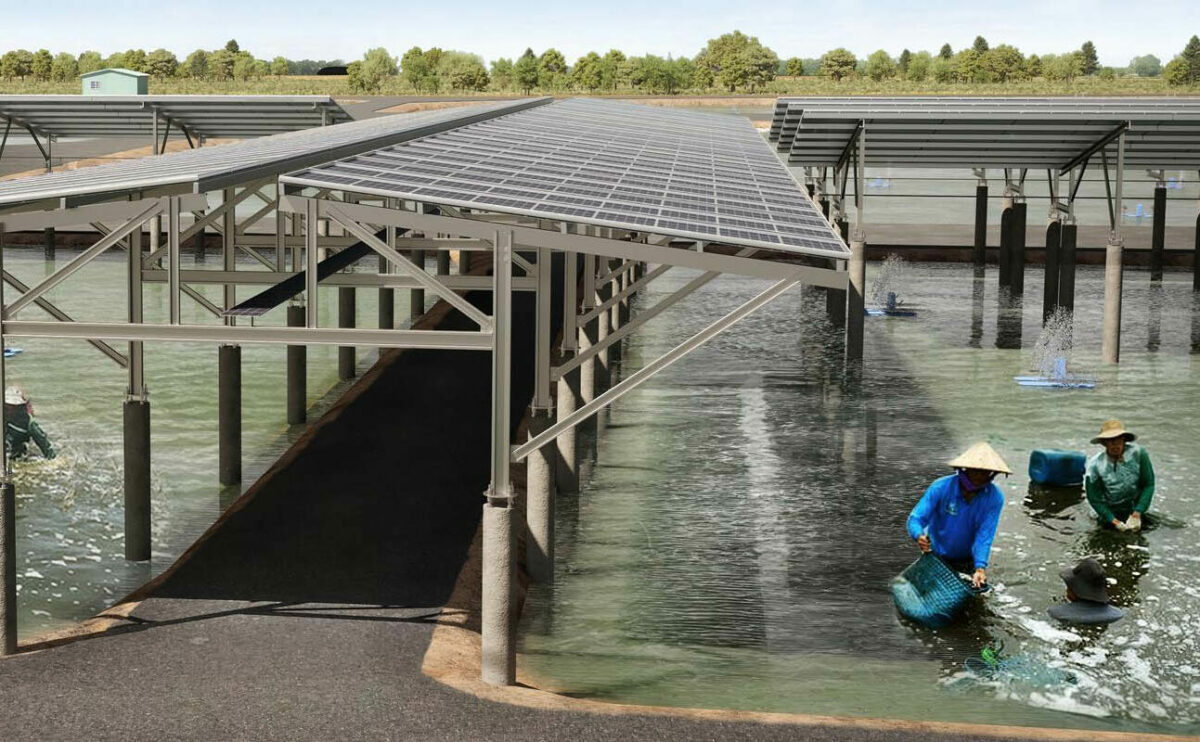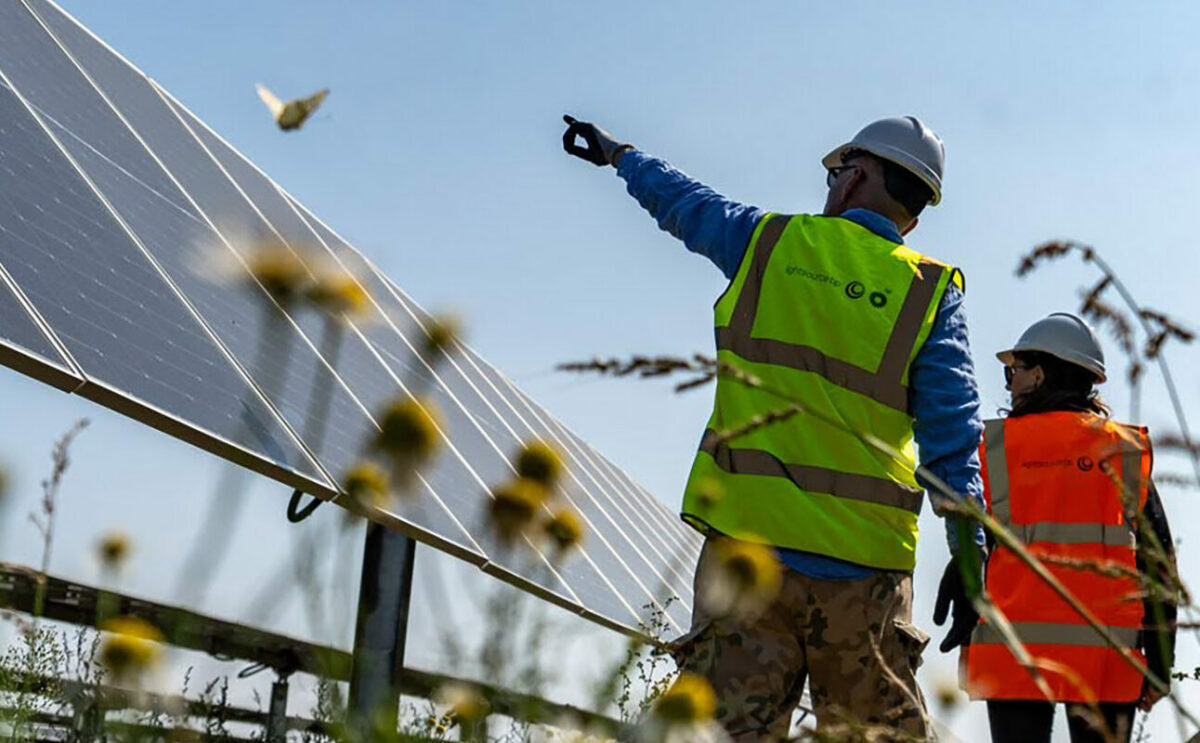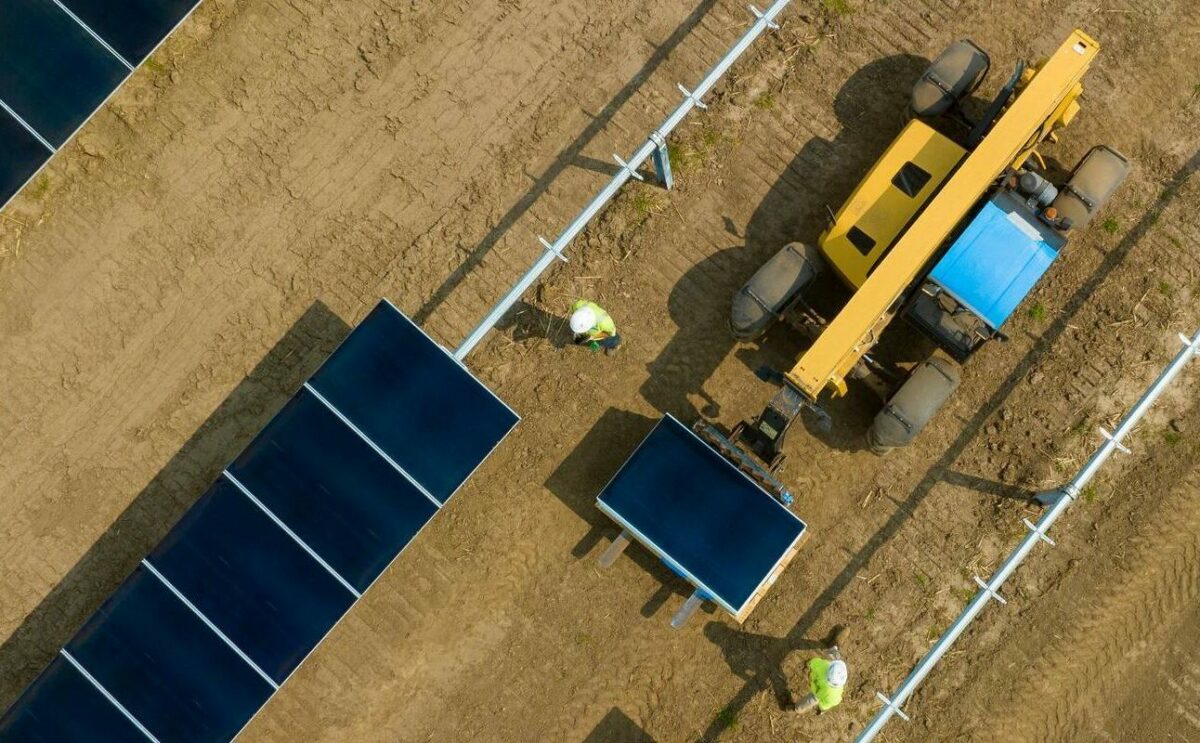5 Companies Reaping The Full Benefits of Solar
More and more companies are waking up to the huge benefits that investing in solar power can bring. In the UK, the uptake has been relatively slow so far, but big names such as Bentley, Goldman Sachs and Sainsbury’s have led the way with massive investments in renewable energy.
contrast, our neighbours across the pond in the USA are in the midst of a sun-fuelled revolution that’s already in full swing. Some of the most recognized brands in the US are blanketing their rooftops and land with solar panels.
By the end of 2013, there was an installed capacity of over 3,500 MW for commercial solar in the United States alone. Other countries are also getting heavily involved in solar, with Japan, China and Germany all leading the way.
So, with approximately a 40% increase in the amount of commercial solar installations between 2012 and 2013, why has there been such a boom for photovoltaic (or PV) solar? The main answer is the increase in efficiency and consistent decline in cost of solar cells and panel systems, making the investment opportunities they present all the more attractive. Some analysts estimate that the cost has dropped by around 30% since the beginning of 2011, which is a big reason for the recent boom.
Electricity is the single biggest cost to a lot of businesses, making finding alternative, cheaper sources of power a top priority. The falling cost of solar panels has made them a more attractive investment with many pros and negligible cons, and the new ways in which companies pay for their panels has reduced the barriers to entry even further. Commercial solar PV installers offer many finance packages, ranging from shared cost plans to paying entirely for the system up front, while still retaining rights to more of the electricity they produce. With schemes like Lightsource’s Power Purchase Agreement (PPA), companies can buy the electricity generated by the panels at a lower rate than traditional energy providers. Furthermore, solar power offers long term energy price stability – powerful reassurance for companies whose profit margins depend on energy costs. No longer will businesses need to worry about ever-increasing energy costs with a solar PV system and PPA that will fix the cost for decades.
In this post, we will look at the top 5 US companies that are leading the way when it comes to reaping the rewards of solar PV for their business. These companies are great examples of forward thinking businesses, when it comes to alternative energy and solar power.
1) Walmart – 89.43MW – 215 sites (335 globally)
Leading the way is a company that some might be surprised to see spearheading a list with such environmental and ethical credentials, Walmart. Since 2005, Walmart has been installing PV solar panels on their sites with the long term goal of running their whole company on renewable energy. As it stands they are well on their way to achieving this, with a massive portfolio of almost 90MW of installed capacity. Their 335 global sites generate about 2.2 billion kWh of electricity and combined with the other renewable energy they get from the grid, roughly 25% of their whole operation is powered by renewable energy. The UK also has a big part to play in this and leads their international portfolio for solar energy production.
2) Costco – 47.06MW – 78 sites
Costco is a wholesaler of consumer goods and holds the title of being America’s second largest retailer. They now produce over 50MW of electricity at over 78 sites and those numbers are growing all the time. Like Walmart, they value the need for power price stability and energy independence. To put it in perspective, if we add the solar output of Walmart and Costco together, the number we get is greater than the entire installed capacity of the state of Florida. Like Walmart before them, Costco are truly leading the way when it comes to commercial solar PV installation.
3) Kohl’s – 47MW – 156 sites
Kohl’s are a massive chain of US department stores and have a huge 44.72MW of installed solar PV capacity across 140 sites. Like the first two companies on this list, they are a retail giant who appreciates the benefit to energy price stability that solar energy can provide them. Kohl’s started installing solar panels in their stores in 2007 when they partnered up with US solar company, SunEdison. They were one of the first companies to enter into a power purchase agreement with SunEdison, meaning about 40% of their stores’ power is generated by the panels on top of them. By January of this year, Kohl’s had increased its solar sites to an impressive 156 locations, generating enough electricity to power about 4,000 homes annually. Their largest installation to date is in Maryland in the Northeastern United states and has over 8,000 panels, enough to power 317 homes on an annual basis.
4) Apple – 40.73MW – 5 sites
The technology giants Apple produce an impressive 40.73MW of solar energy despite only having 5 sites in the US from which it is generated. Apple has been all about creating ‘mega installations’, with acres and acres of purchased land being covered in solar panels. All the companies in this list are constantly adding to their solar portfolio but many expect Apple to jump up the list in years to come. They currently have a solar project at a data centre in North Carolina that will add a massive 20MW of installed solar pv capacity to their portfolio, enough to put them in second place on this list. What makes this project unique is that it was the first data centre to be completely powered by renewables – something many people said couldn’t be done with a centre of its kind. Apple is currently constructing its ‘Campus 2’ head office which it plans to run off 100% renewable energy. Solar will account for about 8MW of electricity on site, with the rest of the energy coming from other renewable sources such as wind, to power the massive new facility.
5) Ikea – 35.08MW – 39 sites
The Swedish furniture giant is building quite the reputation as a leader of commercial solar installations with over 35MW of installed capacity so far across 39 sites. What may be most impressive about Ikea’s solar programme is what these numbers represent as part of their whole company. So far, Ikea has solar panels on 79% of their stores across 16 states in the USA. Compare this with Kohl’s whose current solar installations only blanket about 11% of their stores nationwide. For Ikea, this means that 89% of the energy needed to power their retail stores across the country comes from solar power.
In this age of corporate giants, it’s encouraging to see some of the world’s largest companies embracing renewable technology so enthusiastically. While detractors may say the catalyst for the uptake is really cheaper electricity, lower production costs and perhaps even in-company competition, the reality is that pioneering businesses like these are examples for other companies to follow. Reducing pollution whilst promoting sustainable energy can only be a good thing, so let’s hope their message is heard loud and clear by the rest of the business world.
If your company has a rooftop which you feel could be helping you save then please feel free to contact us today and we will be able to offer you our expert advice
News
04 Dec, 2025
Energy in Focus – How local partnership and community engagement sparks project success
At Lightsource bp, we deliver renewable energy and storage solutions while seeking to enhance ecosystems, local economies and progressing a sustainable supply chain.
20 Nov, 2025
Energy in Focus – Building a culture of safety at Lightsource bp
In our first Energy in Focus episode, Will Manchas, Head of HSE for USA and EMEA shares how our Golden Rules help us protect ourselves and others.
22 Oct, 2025
Lightsource bp supports Apple’s renewable energy projects progress across Europe
Lightsource bp is proud to partner with Apple Inc. in support of its goal to achieve carbon neutrality across its entire footprint by the end of this decade.
21 Oct, 2025
Environmental safety in action: living our Golden Rules
At Lightsource bp, our Golden Rules are daily practices that protect our people and ensure business continuity, especially in the face of climate extremes.
17 Oct, 2025
USA: Lightsource bp and Pinnacle Financial Partners announce $97.9M tax equity deal for Peacock Solar
Lightsource bp and Pinnacle Financial Partners today announced the closing of a $97.9 million tax equity deal to finance the 187 MW Peacock Solar in San Patricio County, TX.
18 Sep, 2025
Australia: Lightsource bp advances its first solar and storage hybrid project
Lightsource bp has commenced delivery on one of the first large-scale DC-coupled solar-battery hybrid projects in Australia.
15 Aug, 2025
Resetting and recharging – what we did for Wellbeing Day
As part of our promotion of a healthy work-life balance, this year we once again rewarded our team members with an extra day of annual leave to focus on their wellbeing.
31 Jul, 2025
USA: Lightsource bp named the US’s top solar developer
Lightsource bp, a global leader in renewable energy development, has been named the United States’ #1 solar developer by Solar Power World.
14 Jul, 2025
Inspiring future energy leaders: ESCP students explore Manor Farm Eggington
Students from ESCP Business School’s London Campus were invited by Lightsource bp to an exclusive visit to the Manor Farm Eggington in Leighton Buzzard.
10 Jul, 2025
Lightsource bp championing sustainable agriculture at AgriVoltaics World Conference 2025
Lightsource bp was proud to be the Gold Sponsor at the AgriVoltaics World Conference 2025 in Freiburg, Germany.











